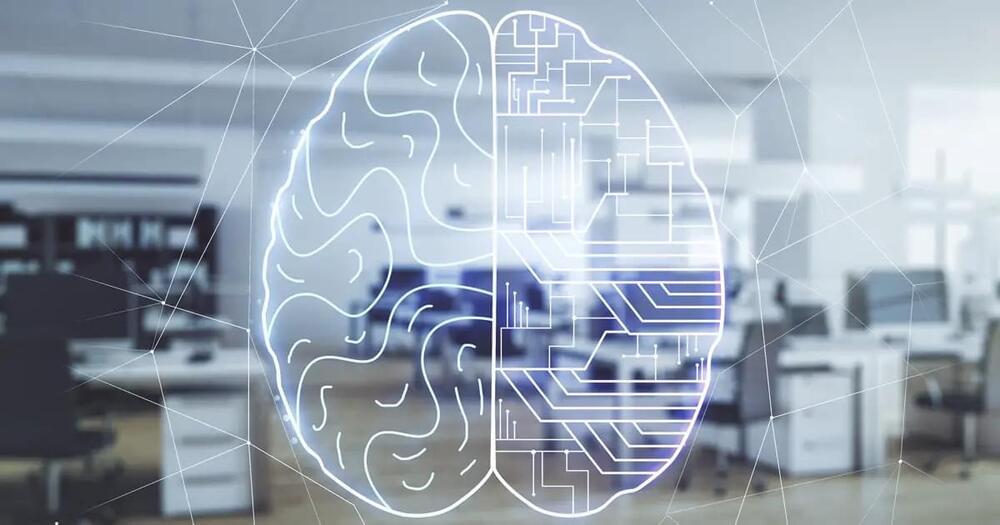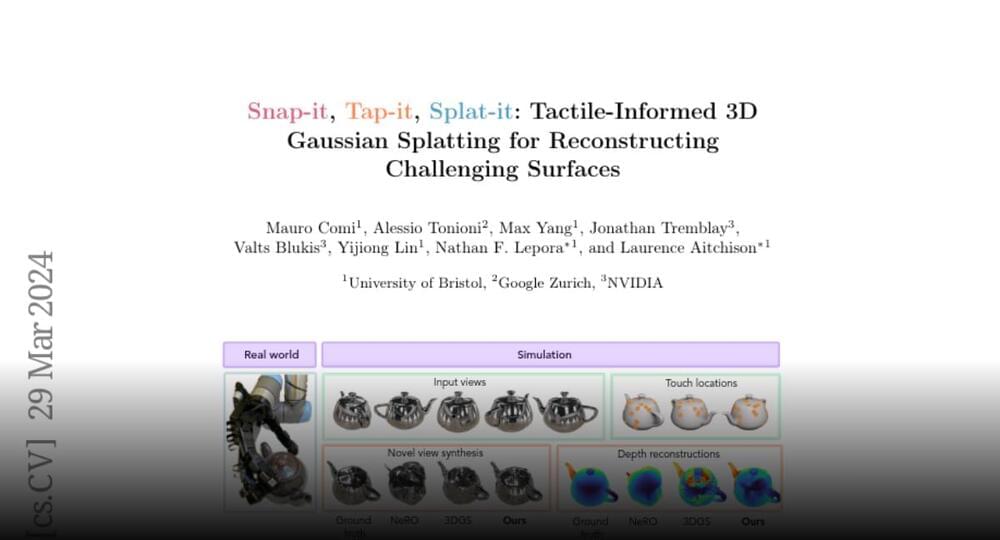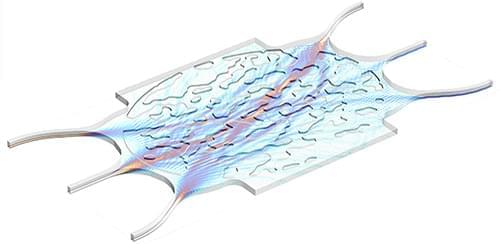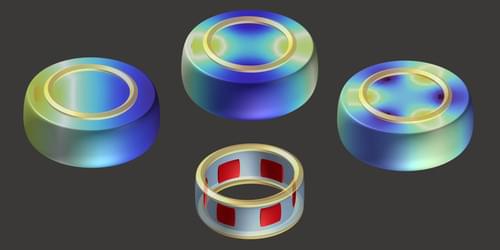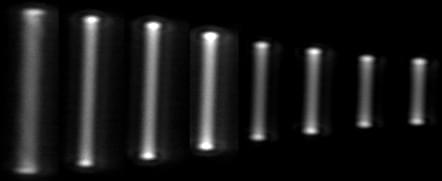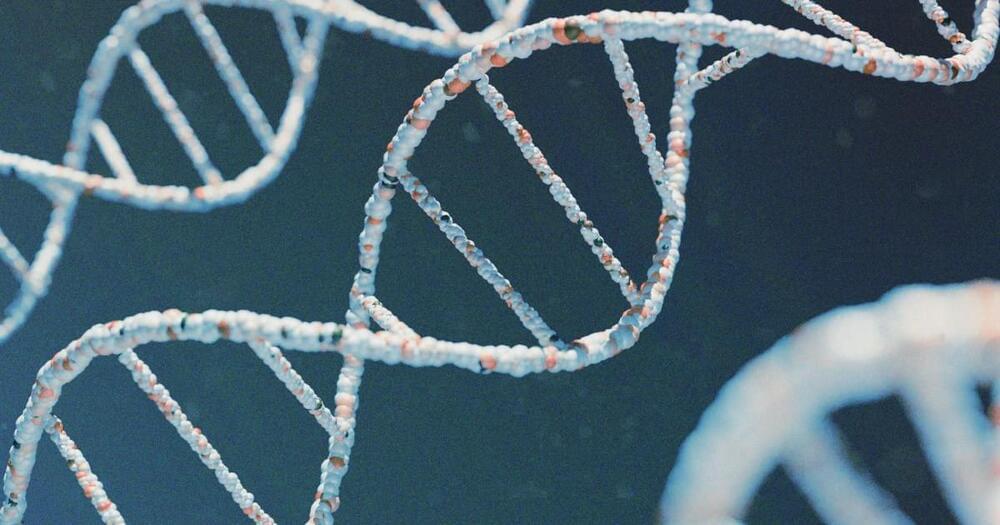Apr 1, 2024
8 million UK jobs at risk from AI
Posted by Will Fox in categories: economics, employment, mobile phones, robotics/AI
A new report warns of potentially major disruption to UK employment from the coming wave of AI. An estimated 11% of tasks are already exposed to current AI, a figure that could rise to 59% during a second wave. But there could also be opportunities for economic growth.
From the discovery and use of fire in the Stone Age, through to the handheld smartphones of today, technology has improved our living standards and is the foundation of modern society. Yet unmanaged technological change comes with risks and disruptions. The current wave of technology including generative AI – described by some as the “Fourth Industrial Revolution” – promises transformative benefits, while at the same time bringing potential disruption through its impact on wage inequality, wealth inequality, and job displacement.
